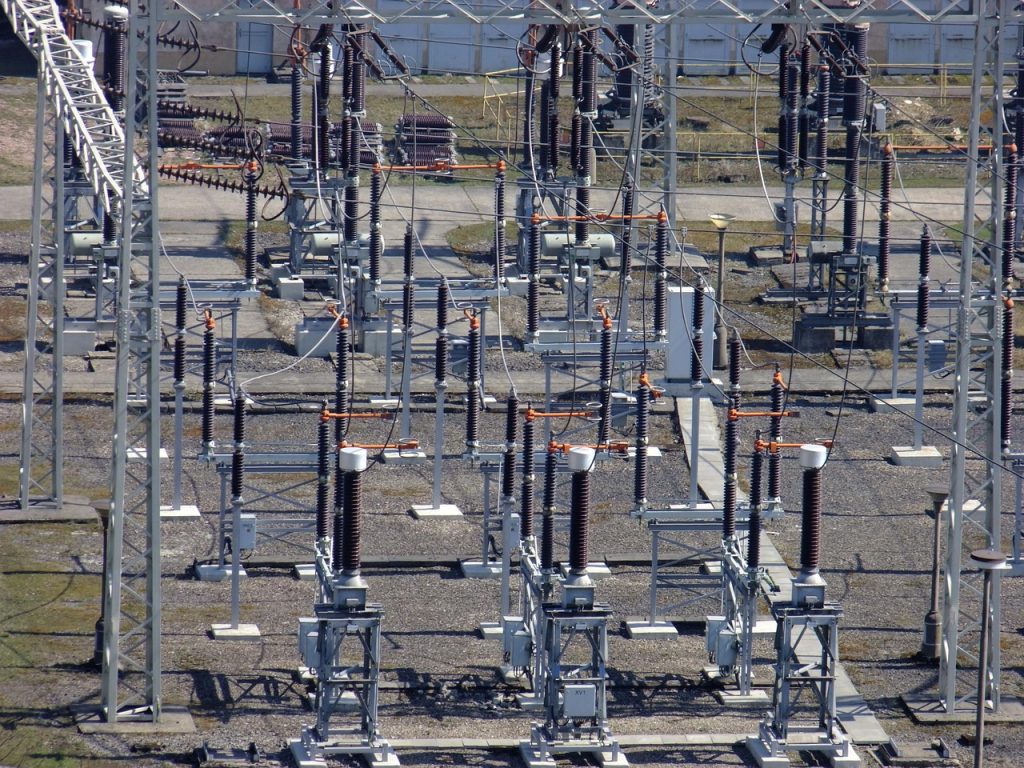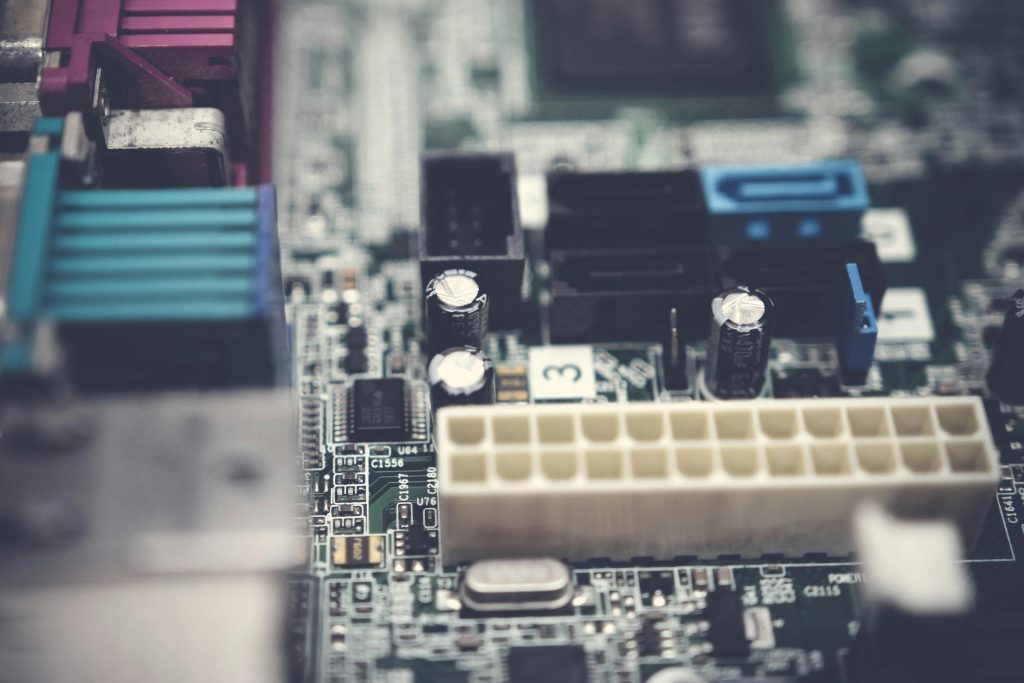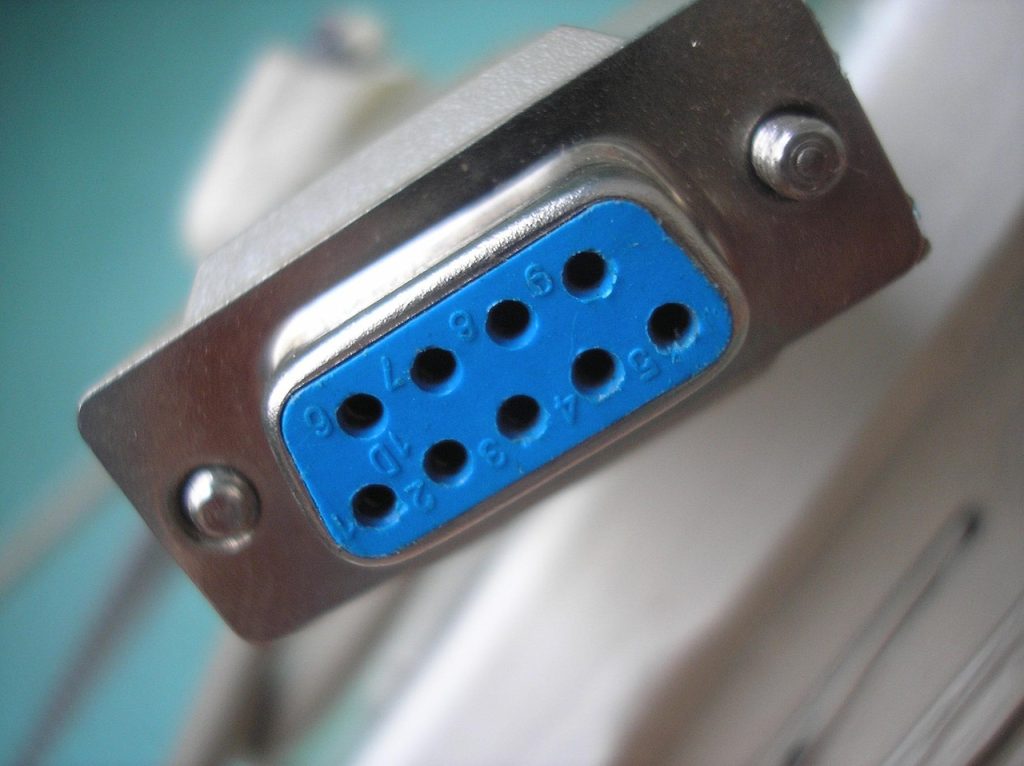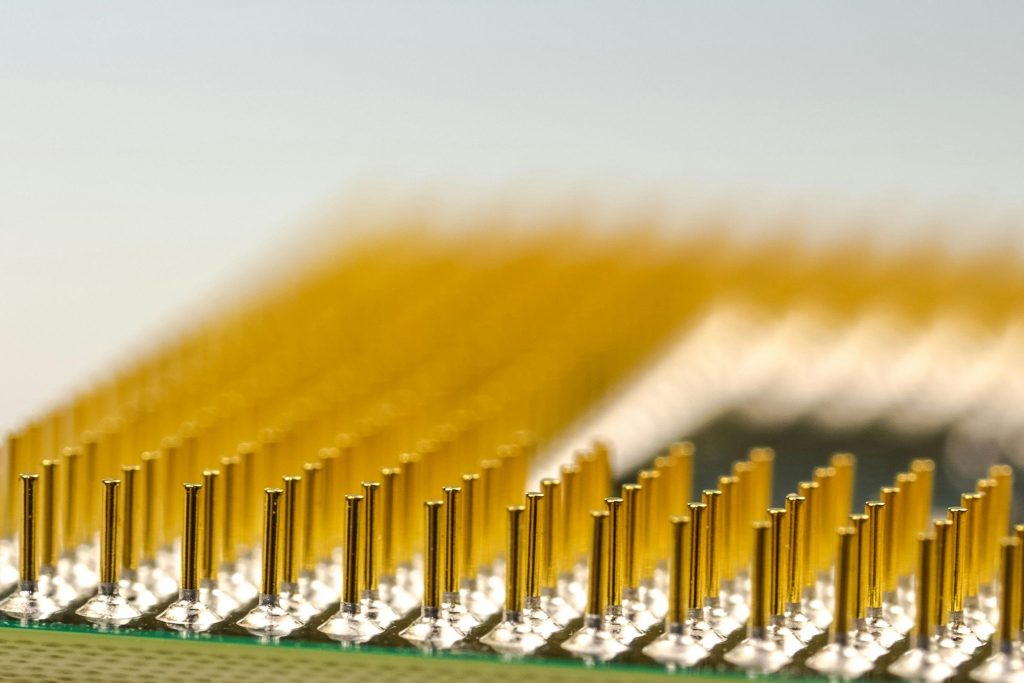Introduction
In modern substation automation, reliability and zero downtime are not just desirable – they are essential. The IEC 61850 standard governs how devices in substations communicate, and within it, the use of redundancy protocols like PRP and HSR plays a critical role. This article explains how these protocols work, their differences and why they are indispensable in IEC 61850-based systems.
What is PRP?
Parallel Redundancy Protocol (PRP) is a network protocol defined in the IEC 62439-3 standard that provides seamless, zero-time recovery from network failures in Ethernet networks. It is used in mission-critical systems such as industrial automation, power substations (IEC 61850), transportation and other high-availability applications.
How PRP Works:
- Two Identical Networks: Each device (called a DANP – Doubly Attached Node PRP) is connected to two separate, parallel Ethernet networks, referred to as LAN A and LAN B.
- Duplicate Frames: The DANP sends two copies of every Ethernet frame, one on each network.
- Reception Logic: The receiving DANP accepts the first arriving frame and discards the duplicate.
- If one network fails, communication continues without disruption.
Key Concepts:
- DANP: Doubly Attached Node using PRP (connected to both LAN A and LAN B)
- SAN: Singly Attached Node (only connected to one LAN)
- RedBox: Redundancy Box, used to connect SANs to PRP networks
- LAN A/B: Two physically separate but logically identical Ethernet networks
Benefits:
- Zero recovery time in case of network failure
- No reconfiguration or re-routing required
- High availability and reliability
Limitations:
- Requires double the infrastructure (cables, switches)
- More expensive and complex setup
Common Use Cases:
- Substation automation (IEC 61850)
- Railway control systems
- Industrial process control
- Aviation and defense systems
Network Layer Consideration:
- PRP operates at Layer 2 (Data Link Layer).
- It is independent of IP addressing (Layer 3).
IP Addressing in PRP Networks:
- Devices see only one logical interface; the PRP stack manages LAN-A and LAN-B.
- Typically, the device has a single IP address.
Can LAN-A and LAN-B Belong to Different IP Schemes?
- Technically possible at the switch level, but not recommended.
- Having different subnets breaks the PRP logic of identical and interchangeable networks.
- It can cause ARP inconsistencies, routing errors, or duplicated responses.
Best Practice:
- Both LAN-A and LAN-B should be in the same IP subnet and mirror each other.
- Devices should treat the two LANs as redundant paths for the same network.
What is HSR?
High-availability Seamless Redundancy (HSR) is a protocol also defined in IEC 62439-3. Like PRP, it provides zero-time recovery in case of a network failure—but it uses a ring topology instead of dual LANs.
How HSR Works:
- Every device in an HSR network is a DANH (Doubly Attached Node with HSR).
- Devices are connected in a ring or chain structure.
- Each frame is sent in both directions:
- One clockwise
- One counterclockwise
- The receiving device uses the first frame to arrive and discards the duplicate.
Key Characteristics:
| Feature | HSR |
|---|---|
| Redundancy Type | Ring-based Ethernet |
| Layer | Operates at Layer 2 |
| Frame Duplication | Performed by each device |
| Topology | Ring or chain |
| Recovery Time | Zero (both paths active) |
| Switches Required | Not necessary – devices forward frames themselves |
HSR vs PRP:
| Aspect | HSR | PRP |
|---|---|---|
| Topology | Ring or chain | Dual LAN (parallel networks) |
| Frame Handling | Forwarded through each node | Sent to both LANs directly |
| External Switches | Not required | Required |
| Scalability | Limited due to increased traffic | Scales better with switches |
| Legacy Device Support | Can use RedBox | Can use RedBox |
RedBox in HSR:
- Used to connect non-HSR-capable (SAN) devices to the HSR ring.
- Handles frame duplication, forwarding, and filtering.
Use Cases:
- Substation automation (IEC 61850)
- Industrial automation networks (IEC 62439-3)
- Transportation control systems
Why Are PRP and HSR Required in IEC 61850 Networks?
PRP and HSR provide the zero recovery time and high availability essential for substation automation, where communication failure could result in power outages, equipment damage, or safety issues.
Why Redundancy Matters in IEC 61850:
IEC 61850 defines standards for how substation devices communicate, including:
- IEDs (Intelligent Electronic Devices)
- Merging Units (MUs)
- Protection Relays
- SCADA Gateways
Failures can result in:
- Delayed protection responses
- Loss of monitoring/control
- Unintended power outages
How PRP & HSR Fulfill IEC 61850 Requirements:
| Requirement | Solution Provided by PRP & HSR |
|---|---|
| Zero recovery time | Duplicate frames – no reconfiguration needed |
| High availability | Redundant paths ensure continuous communication |
| Deterministic communication | Timely delivery of GOOSE and SV messages |
| Interoperability | Defined in IEC 62439-3 – vendor compatibility |
| Network isolation | Prevents single points of failure |
Protocols That Rely on PRP/HSR:
- GOOSE (Generic Object Oriented Substation Events): Time-critical protection signals (delivery typically ≤4 ms, as required by IEC 61850-8-1).
- Sampled Values (SV): Analog measurements at high frequency (e.g., 80 or 256 samples per cycle, defined in IEC 61850-9-2).
- MMS (Manufacturing Message Specification): Configuration and SCADA messaging.
Standards Reference:
- IEC 61850: Communication protocols for substations.
- IEC 62439-3: Specifies PRP and HSR redundancy methods.
Conclusion
As substations evolve into fully digital systems, ensuring seamless communication becomes increasingly critical. PRP and HSR – defined in IEC 62439-3—offer the high availability and zero recovery time needed to meet the demanding requirements of IEC 61850. Whether you are designing new infrastructure or modernizing legacy systems, understanding and implementing these redundancy protocols is key to achieving a robust and future-ready substation network.



